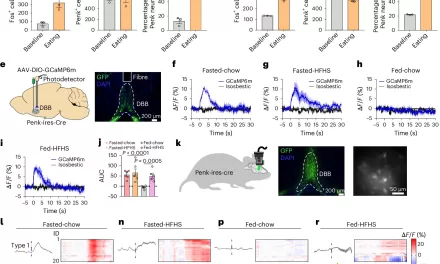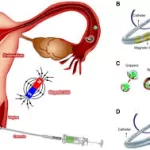
A recent comprehensive cohort study led by Xiao Gu, Jean-Philippe Drouin-Chartier, and their team aimed to investigate the correlation between red meat consumption and the incidence of type 2 diabetes (T2D) in the United States. The research, conducted on a vast scale involving 216,695 participants (with 81% females), spanned the Nurses’ Health Study (NHS), NHS II, and Health Professionals Follow-up Study (HPFS).
Using semiquantitative food frequency questionnaires (FFQs) administered every 2 to 4 years, the study evaluated the intake of total, processed, and unprocessed red meats among the participants. Over a significant follow-up period of 5,483,981 person-years, the researchers documented 22,761 cases of T2D.
The findings revealed a striking and approximately linear association between red meat consumption and an elevated risk of T2D. Participants with higher intakes of total, processed, and unprocessed red meat exhibited notably increased risks of developing T2D. Comparing the highest to the lowest quintiles, the hazard ratios (HR) were 1.62 for total red meat, 1.51 for processed red meat, and 1.40 for unprocessed red meat.
Moreover, the study explored the impact of substituting red meat with alternative protein sources. It found that replacing one serving per day of nuts and legumes for total red meat was associated with a 30% lower risk of T2D. Similar substitutions with dairy products showcased significantly reduced risks of developing T2D.
Notably, when the dietary intakes were calibrated to intakes assessed by weighed diet records, the observed associations between red meat consumption and T2D risk became more robust.
The study strongly supports existing dietary guidelines that advocate for the limitation of red meat intake. It underscores the importance of considering alternative protein sources, such as nuts, legumes, and dairy, in dietary choices for T2D prevention.
This research, published by the American Society for Nutrition and Elsevier Inc., offers crucial insights into the dietary factors associated with T2D and emphasizes the significance of making informed choices about protein sources to reduce the risk of developing this prevalent metabolic condition.










